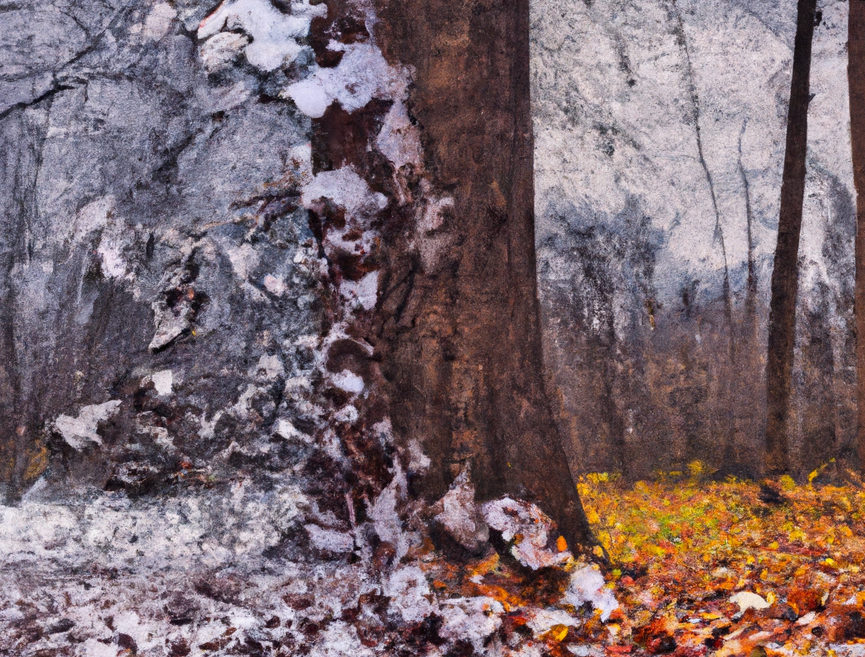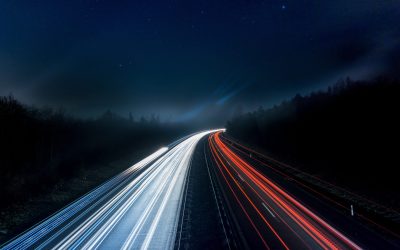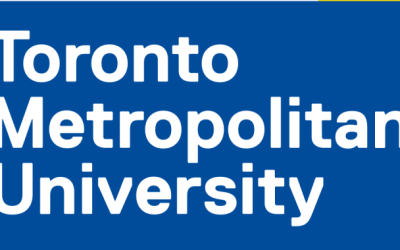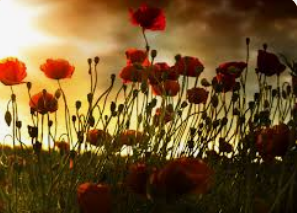Recently, an Indigenous acquaintance asked me if I had ever taken a course or training on understanding Indigenous worldviews or perspectives. He also asked if I had ever tried incorporating two-eyed seeing into my life and thought processes.
My correspondent feels it is almost impossible for me, a white man, to understand the generational effects of colonialism “which would now be classified as white nationalism”.
He told me that within an Indigenous worldview, “there can be many truths”. He gave an example of an Indigenous worldview, and wrote “John A. Macdonald was a nation builder. He was also a racist.” He denounced Macdonald, charging that he “coerced (First) nations into treaty through starvation, moved the schools off reserves, and implemented the pass system.” He offered no context for any of these events; context for all of them would help us understand the times, the challenges, the requirements of adjusting to nineteenth and twentieth century changing realities. He also failed to address the need to keep peace between Indigenous and newer Canadians.
I replied that I have not taken any courses on Indigenous worldviews or perspectives. Perhaps that is why I cannot understand – or accept – that “there can be many truths”. I accept that people can view events in different ways and arrive at different conclusions, but there is still only one truth. If some people believe there can be more than one truth, I disagree. Some may believe in “alternative” facts; I don’t.
Indigenous or otherwise, let’s not confuse “worldviews” or “perspectives” with truth.
If it is true that the treaties were coerced, why do so many First Nations rely on them today? Some people even call them sacred. If they were coerced, shouldn’t they be abandoned in favour of the recognition that all people in Canada are equal? Different status for different people is the antithesis of democracy. Or do we not believe strengthening democracy should be our objective? How have 147 years of Indian Act apartheid worked for First Nations Canadians so far?
My acquaintance failed to acknowledge that maintaining attendance at Indian day schools was a serious problem. Attendance was so low that keeping schools and staff available was not a reasonable thing to do. Indigenous children were not being educated. He failed to acknowledge that Indigenous leadership wanted residential schools. They wanted their children to be educated, fed, clothed, sheltered and provided medical care when needed.
He failed to mention that the pass system was discontinued approximately 75 years ago. It was introduced in 1885 because of the North-West Rebellion, when Indians left several reserves in Alberta and Saskatchewan to take up arms against the government (Pass System in Canada | The Canadian Encyclopedia). The system was kept in place much too long (albeit inconsistently enforced), but it had been introduced for what was believed at the time a reasonable cause.
Sadly, racism was the way of the world in the early days. Racism still exists today but, working together, we can still make a positive difference for the Indigenous Canadians of the future.
Whether through two-eyed seeing, an Indigenous worldview, or some other means, a (diminishing) number of people still believe that 200 or more murdered Indigenous children were secretly buried, some by six-year-olds, in the former apple orchard at the Kamloops Indian Residential School. Some (again, diminishing, as truth emerges) still believe former AFN Grand Chief RoseAnne Archibald, who told the world, in 2021, that 1600 murdered children’s bodies had been “recovered, so far.” Two-eyed seeing cannot render Archibald’s statement true. No murdered Indigenous child’s body has been recovered.
But a rapidly-growing number of other Canadians need evidence before condemning our country as a genocide state.
Many issues will be resolved if/when excavation takes place at Kamloops. When we know who those alleged children were, how they died, and who their families are, we will all be in a much different position. This matter has nothing at all to do with Indigenous worldviews and perspectives. It has nothing whatsoever to do with two-eyed seeing. Facts are facts, period.
Canadians are trying hard to learn more about our shared history, and most of us support efforts to make life better for everyone. Still, I sincerely hope that does not require us to believe things that are not true.
James C. McCrae, former Brandon, Mb. city councillor and deputy mayor, attorney general of Manitoba and Canadian citizenship judge.



